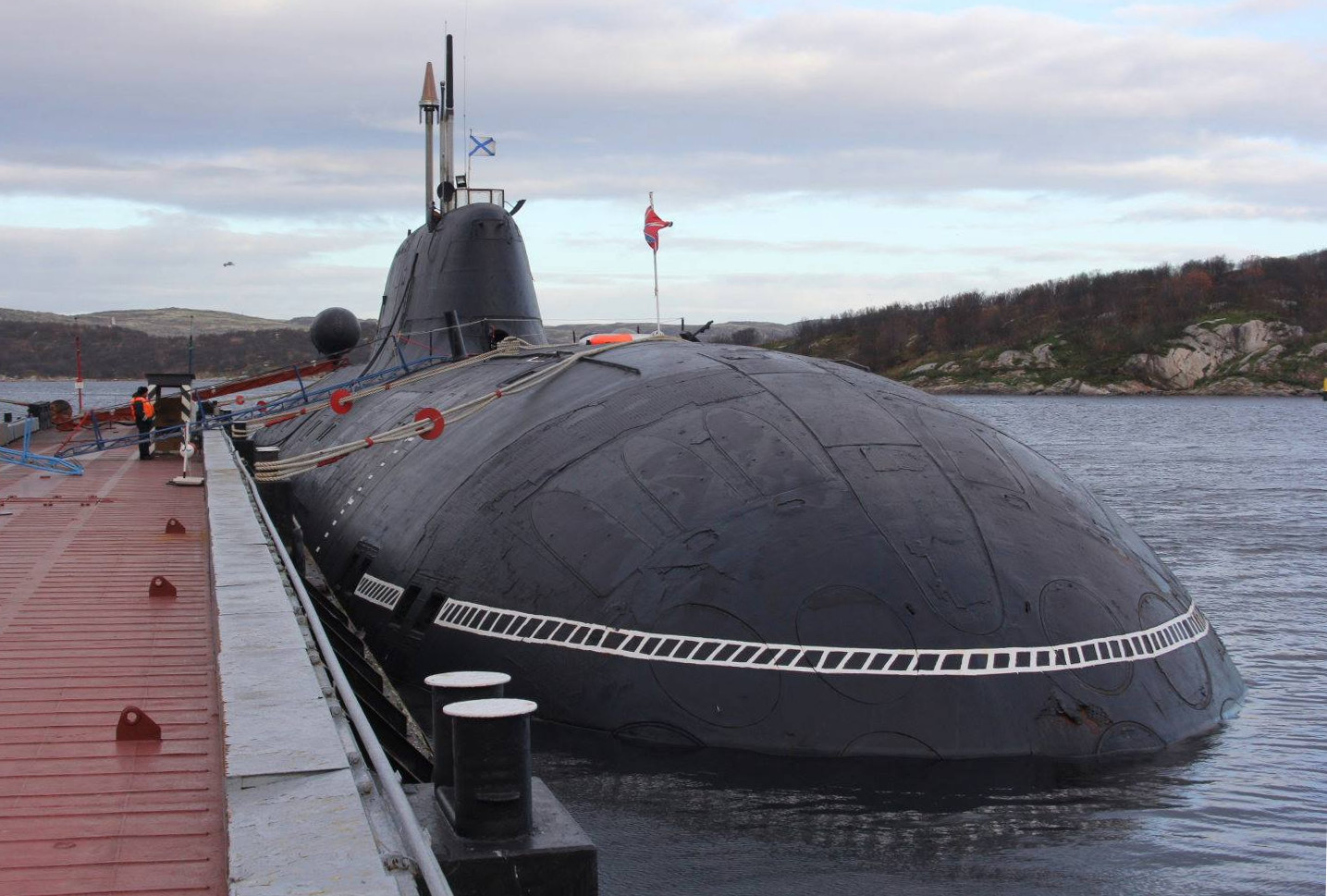
Though construction of the submarine was 85 percent complete, Russia didn't have the money to complete the job. The 25%-50%-complete Kaban, begun in 1992, may also eventually be completed.Īs of October 2000 the Amur shipyard had been trying to complete one multi-purpose Bars-class submarine for more than five years. Funds were provided in January 2000 for further work on the 82%-85%-finished Modified Akula-I-class Nerpa, laid down in 1986. The boat reportedly remained in the possession of the Komsomolosk yard, which was said to be trying to sell her as of 2000.Īpparently two additional Akula-Is remained undelivered at Komsomol'sk-na-Amur. An additional Improved Akula I was launched in 1994 and delivered to the Russian Navy in 1995, though subsequently repossessed by the shipyard due to lack of payment. According to some sources, at least one and perhaps as many as three Akula-Is were placed in reserve status in the late 1990s.Īt least two and perhaps as many as four Improved Akulas entered service between 19. The prototype K-284 was decommissioned in 1995 to avoid the expense of a reactor refueling, and was generally not expected to return to service. These boats were all commissioned between 1985. All sources are in agreement that a total of seven Akula I submarines were built. Eight Akula class submarines were built in Komsomolsk until activities there ceased in 1993. Output of Akula submarines remained steady at one-to-two a year until 1995. The submarines were built by the Amur Shipbuilding Plant Joint Stock Company at Komsomolsk-on-Amur and at the Severodvinsk shipbuilding yard. As a result, the United States imposed economic sanctions against the company. The deal was secret, but information about it came into the world press. In the early 1980s, the Soviet Union purchased a batch of precision metal cutting machines from the Japanese company Toshiba, which allowed the use of new technologies in the processing of propellers, which sharply reduced the noise of submarines.
#Russian attack akula class submarine series#
The first part of the series was built in Komsomolsk-on-Amur, which is very unusual, because in the construction of the submarine fleet, with the exception of Project 659, which was built only in the Far East, the Pacific shipyards were always assigned a role. Septemtechnical design was approved, but in connection with the construction in the United States of submarines of the new type "Los Angeles" with hydroacoustic complexes of a new generation, "Shchuku-B" was sent for revision. At the same time, the replacement of titanium with steel allowed the use of the increased capacity of Far Eastern plants. This requirement was due to both the deficit and high cost of titanium, and the difficulties in working with it, which could overcome only one Soviet enterprise, Sevmash, whose capacities were clearly not enough to build a large series in a fairly short time. With such an offer shipbuilders from Komsomolsk-on-Amur came out. Unlike the Barracuda, the boat's hull was supposed to be made of low-magnetic steel rather than titanium.

The terms of reference were retained in the same way as Project 945 Barracuda, the Malachite project, and the design was based on it, so no work was done on the design phase. Until 1997 the works were supervised by the chief designer GN Chernyshev, after his death - Yu.

The design of the boat involved SKB-143 Malachite. The decision to develop a mass series of multipurpose submarines of the third generation was adopted in July 1976. The "Pike-B", built in 1983-2004, became the main type of multi-purpose nuclear submarines in the Russian fleet, replacing the obsolete boats of the 671RTMK "Pike" project.

The Project 971, using a steel hull, was initiated in 1976 when it became evident that existing industrial infrastructure was inadequate to mass produce the expensive titanium hulls of the Project 945 Sierra class.

Project 971 Shuka-B Bars-class Akula class


 0 kommentar(er)
0 kommentar(er)
